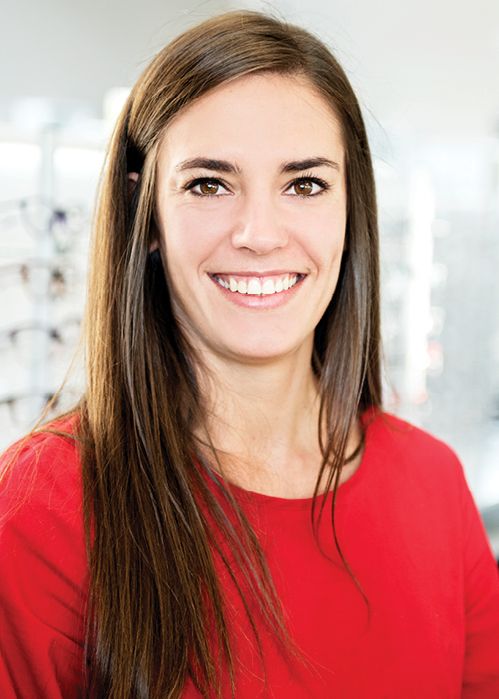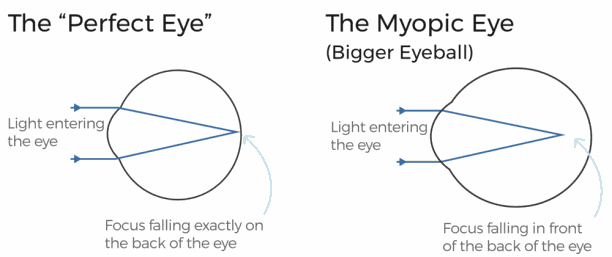
Myopia, also called nearsightedness, occurs when the eye is in focus for near objects but out of focus for distant objects. This occurs if the eye is too long or the lens power of the eye is too strong.
We cannot make myopia go away, but recent studies show that we can slow the progression of myopia through childhood. Myopia control is the use of specific treatments to slow the progression of nearsightedness in children.
Myopia control is important because it may help reduce the risk of vision-threatening complications associated with high myopia later in life — including glaucoma, cataracts, retinal detachment and even blindness.
Currently, there are three categories of myopia control treatments that can be done in South-Africa: multifocal soft contact lenses, orthokeratology (ortho-k lenses) and multifocal spectacles.
Multifocal soft contact lenses(mf scl) are daytime lenses originally developed for presbyopia—the common condition affecting people over 40 that causes increasing difficulties with reading and near focusing. Recent research has found that particular mf scl designs are also effective in reducing myopia progression in children who wear these lenses daily.
Orthokeratology is the use of specially designed gas permeable contact lenses that are worn during sleep at night to temporarily correct nearsightedness and other vision problems so glasses and contact lenses aren't needed during waking hours.
Multifocal spectacles also have been tested for myopia control in children, but results have been less impressive than those produced with multifocal contacts.
With the myopia control treatments we strive to slow down the growth of the eye by optically blurring the side vision. The central vision is still corrected normally, so the patient still maintains normal “20/20” vision. Side vision “blur” is not really noticeable but has the benefit of reducing the stimulus for the eye to elongate.
Today optometrists have the technology to change the progression of myopic refractive errors and it is on us to improve our knowledge and implement that change in our patients!
